How data can reduce waste and get vaccines where they need to be
Real-time temperature data across the vaccine cold chain can help identify problems or risks in the supply chain.
- 3 May 2022
- 5 min read
- by Angela Wipperman

Imagine arriving at a rural clinic ready to deliver lifesaving vaccines to protect your community from disease, only to find that a broken-down fridge means thousands of doses must be thrown away, and along with them, the chance to keep people safe.
From planes to warehouses, and on trucks and motorbikes to local clinics, vaccines encounter a number of stages in their journey where a single failure in the cold chain could render them unusable.
“The main takeaway for me is that reliable data maximises the value of investments in achieving vaccine equity. And for this value to be unlocked, data must be in hands of a country’s decision makers. Country ownership and access to data is vital.”
In regions where resources and infrastructure are limited, it can be even harder to get vaccines to populations, but the safe transport and storage of vaccines are essential to vaccine equity.
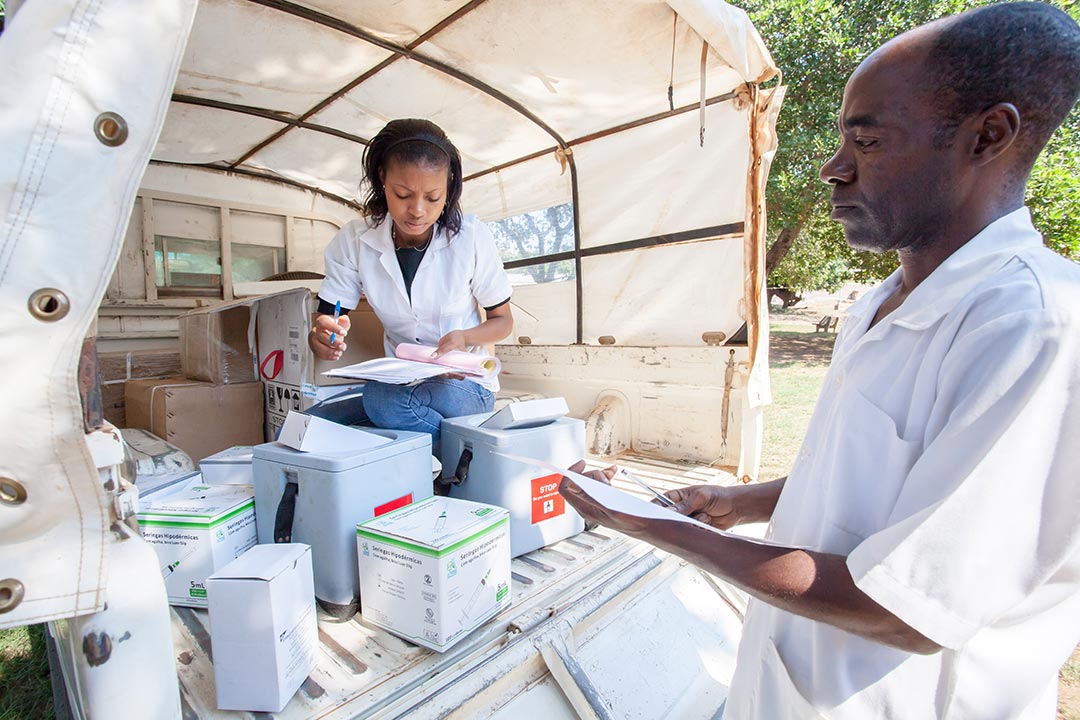
Credit: Nexleaf
How the cold chain impacts access
Most vaccines must be transported and stored in cold environments, or they risk losing potency and can’t be used. This wastes resources and means people expecting to receive those vaccines go without. Globally, the World Health Organization reports that more than 50% of vaccines around the world are wasted.
These risks become greater in regions where infrastructure like roads and the electricity grid are less reliable. In these situations, how can we be sure that the cold chain is working?
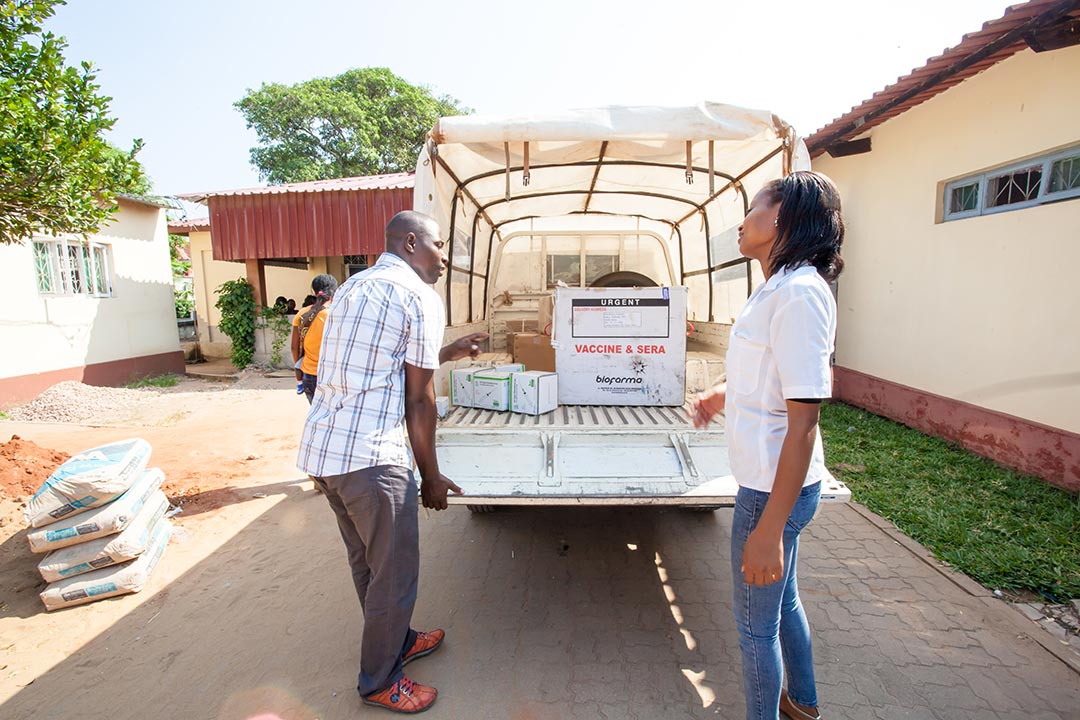
Credit: Nexleaf
Knowing what's inside the fridge
Real-time temperature data across the vaccine cold chain can help local, regional, and national level decision-makers to identify problems or risks in the supply chain, and quickly intervene.
Nexleaf is a not-for-profit tech company that has partnered with Gavi since 2016. Through the partnership, Nexleaf has provided technology and data to ministries of health in 27 countries to monitor their cold chain. Amy Fowler, Director for Vaccine Programs at Nexleaf, explains why this data can be so powerful:
“In a traditional system of monitoring, you would have a device in a fridge that’s checked two times a day, and written down. It’s not data in aggregate or at scale, which means it can’t be looked at across a region, and makes it difficult to drive decisions. In transport, there won’t always be a thermometer in the cold box or on the truck. Our goal at Nexleaf is to enable visibility, and to generate the data that ministry staff can use to drive improvements. From being able to look at what is working in a cold chain, to seeing where training and staffing can alleviate pressures, data is critical.”
Have you read?
Cold chain data can be analysed and used at the micro and macro level. For example, real-time temperature monitoring in individual fridges can alert managers when a fridge is not performing. On a bigger scale, monitoring hundreds of fridges across a region can highlight problems in a particular make or model.
On the road to better temperature monitoring
A particularly vulnerable stage of the cold chain is transport. Providing visibility of the data around transport can transform the ability of programme managers to plan vaccine distribution, and step in when problems occur.
In Tanzania, Nexleaf and inSupply Health, who oversee project implementation on the ground, are partnering with the Ministry of Health to pilot real-time temperature monitoring during vaccine delivery. A Bluetooth-enabled sensor device is placed in the vehicle during distribution to log two types of data: temperature and GPS coordinates. Combining this data, analysers can estimate the distance travelled for vaccines, and their temperature at every stage.
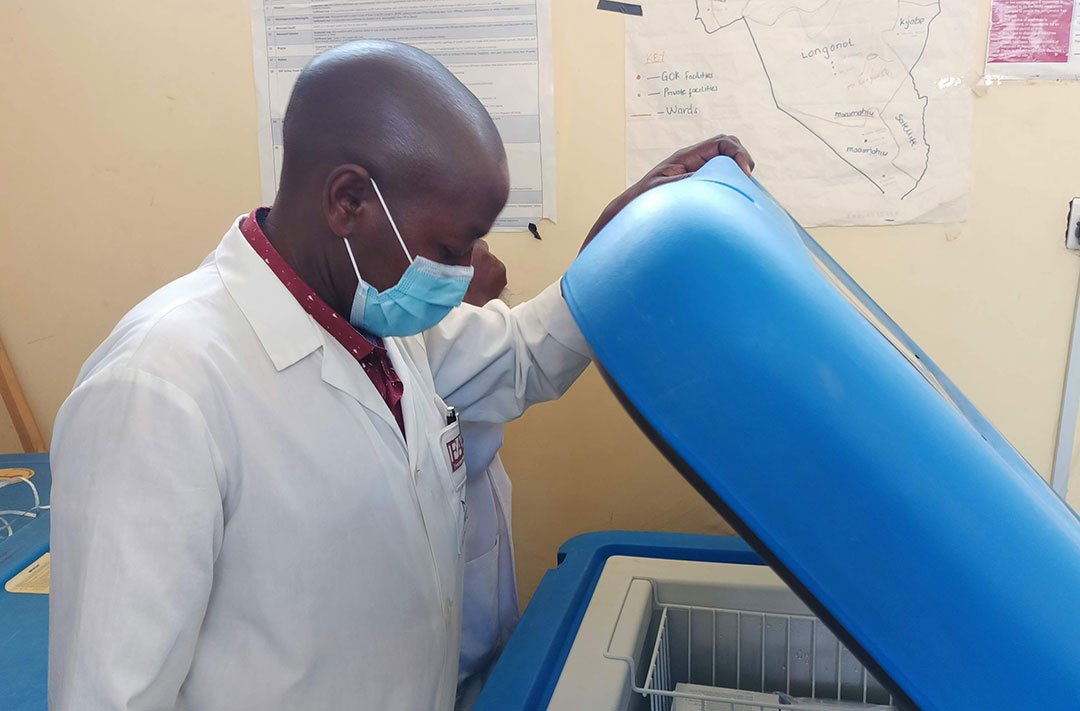
Credit: Nexleaf
Matiko Machagge, Country Team Lead at inSupply Health, says that pre-pilots already conducted across two regions in Tanzania have already offered up valuable lessons: “We found that when the District Immunization and Vaccine Officer (DIVO) takes large volumes of vaccines for delivery to facilities, there was a need to frequently open the cold boxes to retrieve the right amount needed. Each opening exposed the remaining vaccines to higher temperatures. If the amount of vaccines needed by a facility is known beforehand, the right quantities can be issued in one go and the boxes don’t need to be opened so often. Using transport data, the DIVO can pack the right amount and better plan a delivery route that minimises temperature excursions.”
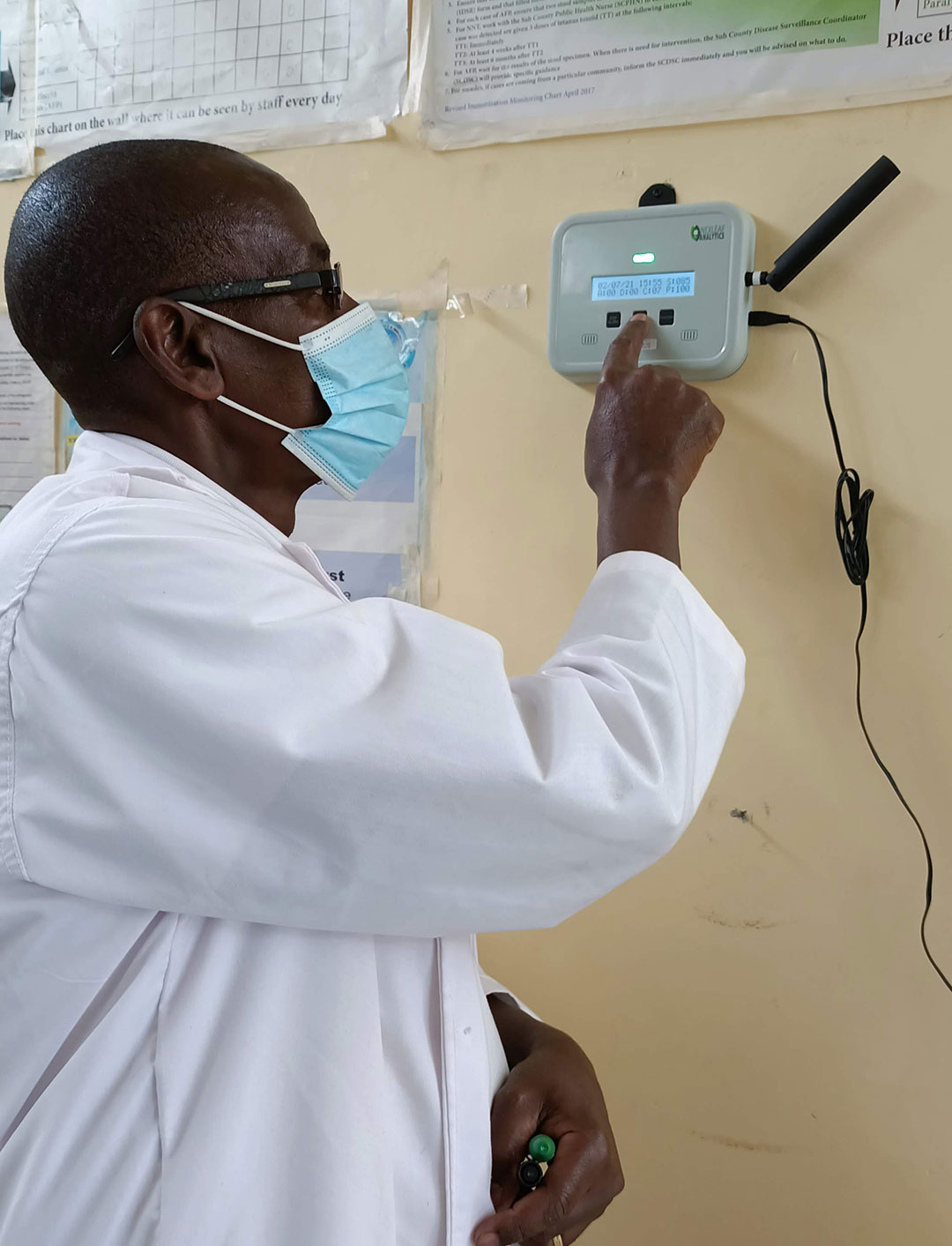
Credit: Nexleaf
Mariam Johari, Project Manager for Vaccine Transport Systems at Nexleaf, says this is all about giving the right people the right data to make the right decisions: “The main takeaway for me is that reliable data maximises the value of investments in achieving vaccine equity. And for this value to be unlocked, data must be in hands of a country’s decision-makers. Country ownership and access to data is vital.”
The next, larger pilot will be used to understand the importance of monitoring vaccines during transportation, the impact of monitoring and what types of training and support are needed to expand the programme and make it countrywide.
When data breaks free
All kinds of data can transform vaccine distribution programmes. For example, UNICEF’s Real-time Vaccination Monitoring and Analysis (RT-VaMA) is a tool used to analyse who is getting vaccines, and where. Staff in regional centres use mobile phones to register data on local vaccination rates, allowing decision-makers to respond to worrying trends.
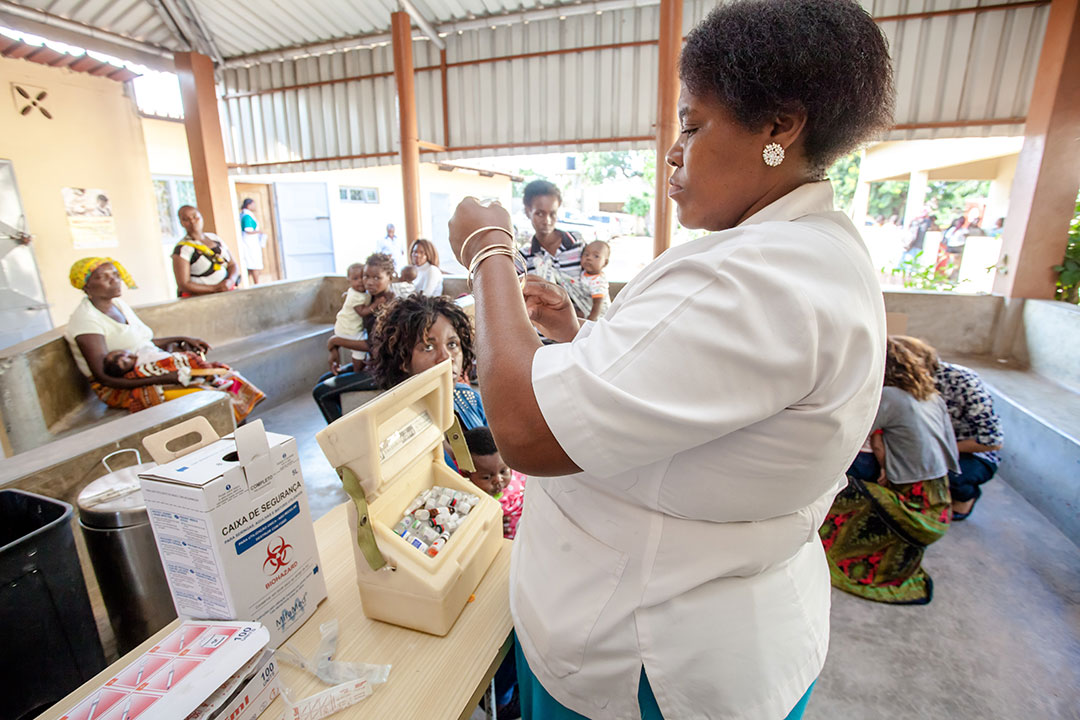
Credit: Nexleaf
On an international level, the Global Dashboard for Vaccine Equity combines COVID-19 vaccine rates and socio-economic data to highlight the impact of vaccine equity on poverty and economic recovery.
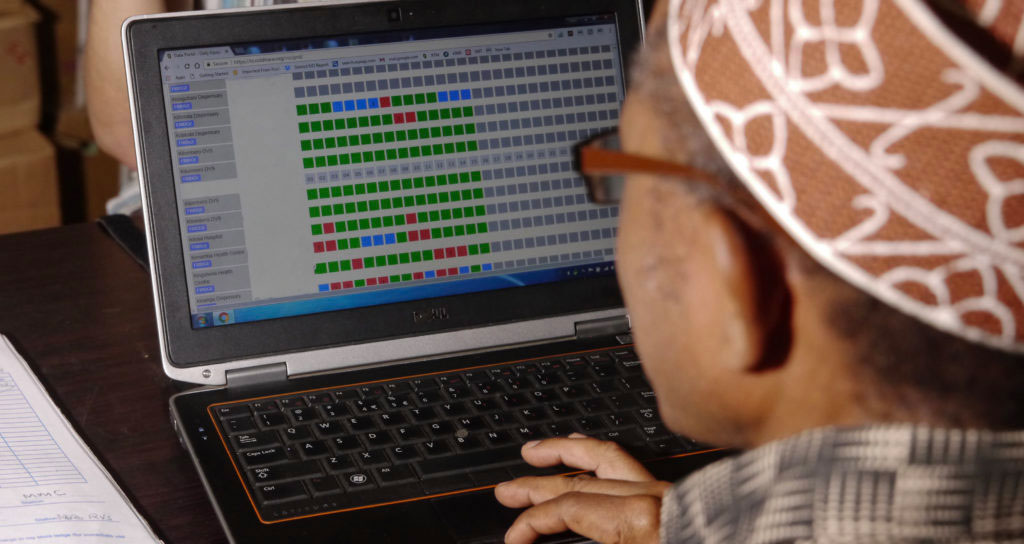
Credit: Ian Connors
All of these examples show that data is most powerful when it is applied across different contexts and, vitally, is put into the right hands. The more accurate the picture of vaccine distribution across a region or country, the better positioned decision-makers are to react to issues and ensure access to everyone who needs protection.
More from Angela Wipperman
Recommended for you








